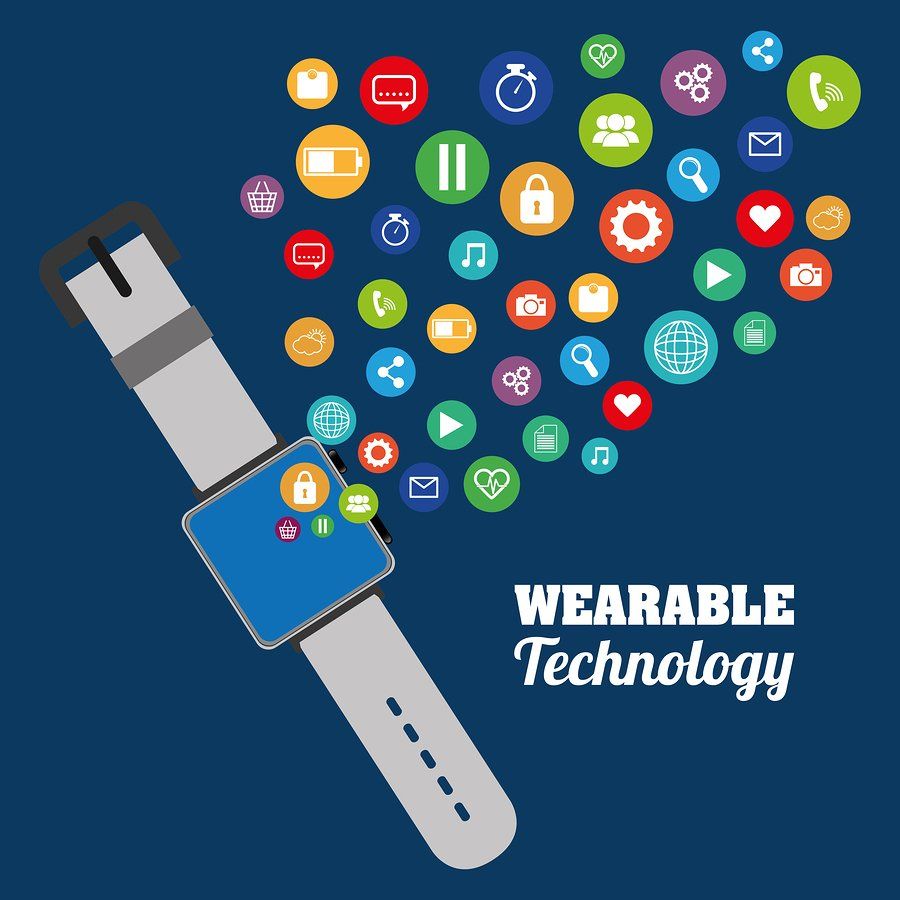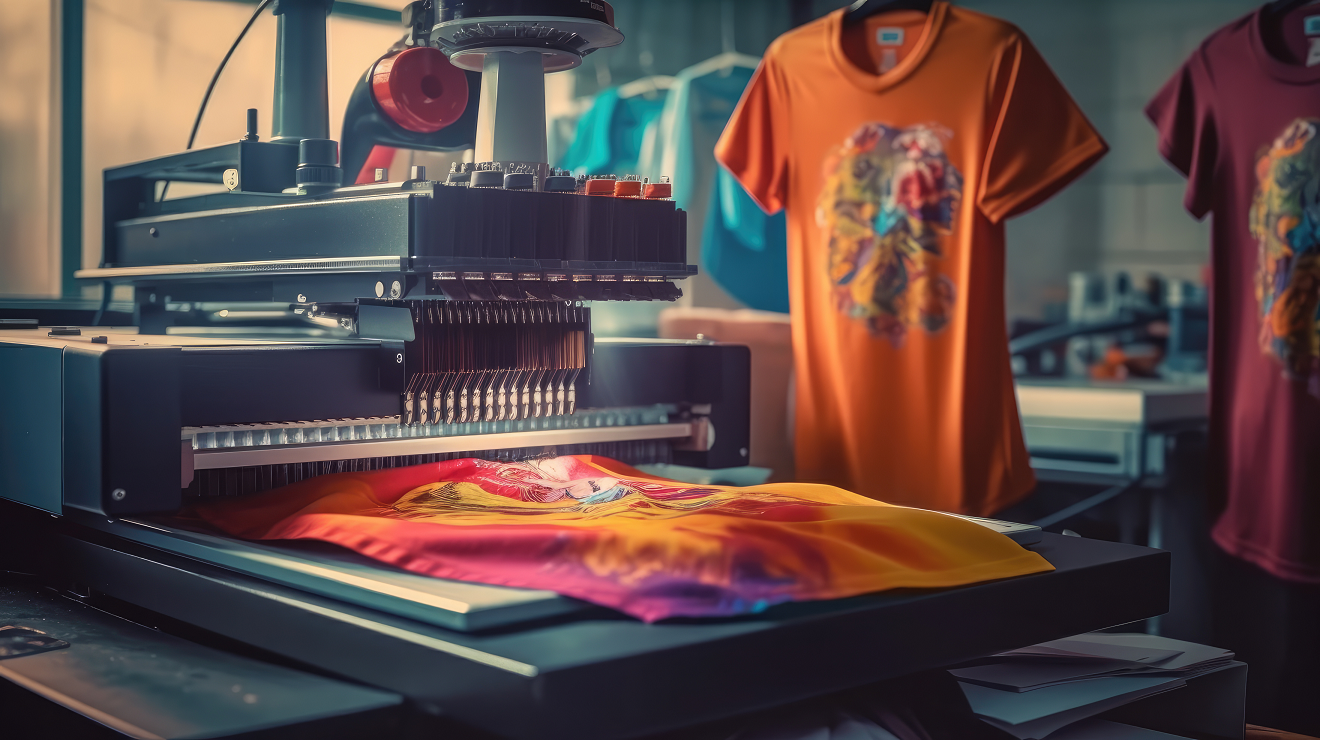Fad or Fashion Revolution?
The First Wearable Tech
If you define wearable technology as any computing device that can be easily worn by its user, the first incarnation showed up in 17th century China. Qing Dynasty apparel manufacturers and engineers worked together to design the first abacus ring, a simple adding machine that could be used on the finger — not to mention that it doubled as a stylish accessory.
This innovation was quickly surpassed in Europe with the construction of the first wristwatches. Although pocket watches like the Nuremberg Egg have been around since about 1500, the first truly “wearable” watch didn’t come along until Bruget, an Italian watchmaker, attached a small ladies’ timepiece to a silver chain for the Queen of Naples in 1810.
For about a century, there were very few advances in wearable tech. Wristwatches were seen as dainty accessories, and remained in the rarified air of wealthy women’s jewel boxes. It took a world war to bring the foundational piece of wearable tech to the mass market.
Wearable Tech Goes Mainstream
World War I brought unprecedented bloodshed to the world, but like all conflicts, it drove technological innovation and fundamentally changed mass culture. For the first time, millions of normal people had to coordinate their movements across the globe, as true total war required everyone to be part of the war effort.
Men suddenly found a compelling reason to strap a piece of tech to their wrist. The about face couldn’t have been more abrupt — although some German naval officers championed wristwatches, or “wristlets” in the 1800s, they “…were reserved for women, and considered more of a passing fad than a serious timepiece. In fact, they were held in such disdain that many a gentlemen were actually quoted to say they ‘would sooner wear a skirt as wear a wristwatch’.” As the fires of World War I faded, wearable tech wasn’t just useful, it became downright manly.
The next major challenge for wearable tech was to move beyond timepieces. In the middle of the 20th century when computers could take up an entire room, harnessing their power in a portable, elegant format seemed little more than a dream. Yet, as the decades have passed, computers have continued to get not just more powerful, but smaller as well, making the idea of a wearable smart device a reality.
The Emergence of the Wearable Computer
The first innovations in implementing small, analog computers into garments and footwear came from some fairly shady motives. In 1961, mathematicians Edward O. Thorpe and Claude Shannon teamed up to defeat the casino roulette wheel. They designed a miniature computer about the size of a cigarette box that would communicate with a sensor built into the user’s shoe.
The sensor sent information about the speed of the wheel to the computer, which would then calculate the most likely octant for the ball’s final resting place. The computer then sent a series of musical tones to a small speaker concealed in the user’s ear to communicate how he should bet. While this rig was single-purpose and might not be considered a full computer, it provided a tantalizing glimpse of what would soon be possible with small, portable devices.
Once computers started shrinking, wearable technology came into its own. In the 1980s, people were finally making wearable devices with multi-use computer components that could assist the user with a variety of tasks. In 1981, Steve Mann built a backpack-sized unit with text, graphic, multimedia, and video capability — the first “augmented reality” device, and the ancestor of modern technologies like Google Glass.
As cutting-edge devices like Mann’s backpack computer struggled to gain a foothold in the market, less complicated wearable tech began to take off. The 80s and early 90s saw a proliferation of early computer watches and calculator watches. Some, like the Casio Databank calculator watch, were simply calculators that could be easily worn on the wrist. Others, like the 1994 “wrist computer” designed by a team at the University of Toronto, were full-featured computers with a modified look — the keyboard was split in half and worn on the forearms, and users could type by bringing their wrists together.
The invention of wireless protocols like Bluetooth and the introduction of smartphone devices have since given accessory and apparel manufacturers much more flexibility in their wearable tech designs. Instead of housing everything in the wearable unit, apparel manufacturers were suddenly able to create simple, wearable devices that can communicate wirelessly with the more powerful computer in your pocket.
Fad Or The Future of Fashion?
Wearable tech has always held great appeal for first adopters and trailblazers, but the only piece of wearable tech that has achieved true mass adoption is the wristwatch. Even the much-anticipated Google Glass has already been discontinued.
It seems that until wearable tech can solve a universal problem (like telling the time) that can’t be solved conveniently in any other way, it will remain a fad that comes and goes. At the same time, the future may be bright for wearable tech that moves beyond the “computer on your body” capability. Smart athletic clothing made by companies like Athos give us a window into the real future of wearable tech — they produce garments with integrated sensors that monitor your heart rate, level of muscle utilization and more, and send that information back to your smartphone for analysis.
This type of smart apparel is designed for athletes, but apparel manufacturers can integrate it into medical diagnostics, lifelogging, and many other fields. With the boom in “athleisure” wear, be on the lookout for sensors coming soon to a sweatsuit near you.
Smart clothing presents unique challenges to apparel manufacturers. Instead of simply cutting and sewing cloth, brands that manufacture wearable technology must be able to integrate complicated circuitry and sensor arrays into their garments. Making the jump from garment manufacturer to technology manufacturer can be daunting, but Apparel Business Systems can help.
Our software for apparel manufacturers gives you the power to monitor every step of your supply chain and manufacturing process, and our expert consultants can help you make the changes you need to get in the wearable tech game. Contact us today for more information!


We will get back to you as soon as possible.
4325 Alexander Drive, Suite 100
Alpharetta, GA 30022-3740
Apparel Business Systems | All Rights Reserved









